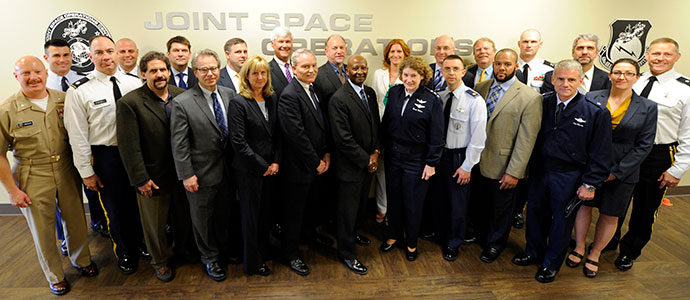The DoD is Pressing Hard to be More Innovative in Commercial Space (Part I)
Part I: DoD looks to Industry for options; How is that working out so far?
When it comes to commercial space use by DoD, their leadership often talks about the need to innovate, and the need to collaborate with their industry partners. With over $1BN being spent annually at the height of the conflicts in Afghanistan and Iraq, commercial satellite operators were a de facto part of the military SATCOM architecture. Roll on the establishment and now we have 10 WGS satellites that are going to serve the vast majority of DoD needs – no more need to spend so much money on commercial!
Now as we look forward to the next generation of military broadband satellites (MILSATCOM) that will come at the end of the useful life of the current fleet, DoD is taking a careful look at what it needs, and at how it is going to get that capability. For the past 7+ years, the commercial satellite operators – those that supplied the $1BN per year services – have often leaned forward in attempts to help DoD understand how it can get better service, better tailored to DoD’s specific mission needs from commercial satellite operators for much less.
In fact, we have been leaning in for years to engage DoD, long before “innovation” became the term du jour. We got a lot of glazed-look responses from some of our early overtures, but we also got some in DoD leadership to talk with some enthusiasm about “collaboration” and “engagement” between DoD and industry. How to be flexible and being open and on how DoD can get our services less expensive. Let me paraphrase the message commercial operators get from DoD: “We need to innovate and become more flexible and less expensive, but don’t expect us to change the way we do things, or cause us any pain.”
For a while we thought progress was being made. And perhaps in some arenas, progress was being made, and it was significant. Let me point to two different success items:
- SMC’s Pathfinders – a series of “experiments” to determine how far the envelope could be pushed, leveraging some of the ideas espoused by industry, and some different approaches from within DoD. Pathfinder One went off without a hitch, a booming success, in my opinion. Pathfinder Two – now some years in the making – is stalled under some ill-defined legal “difficulties.”
- JFCC Space Commercial interaction has led to significant improvements in the collaboration between DoD and industry on how to conduct operations in congested and contested space environments, to the benefit of both DoD and commercial satellite operators.

JFCC Commercial Space Operator Talks 2013
But the adoption of “innovative approaches” does not square with procurement practices of space segment from commercial satellite operators, even as these small successes are being executed. It’s almost like we’ve been told to be more flexible, to share more and to open our kimonos, but on the DoD side, not a whole lot has changed. Perhaps we will gain some insight through our cooperative dialogue next week at Global Milsatcom.